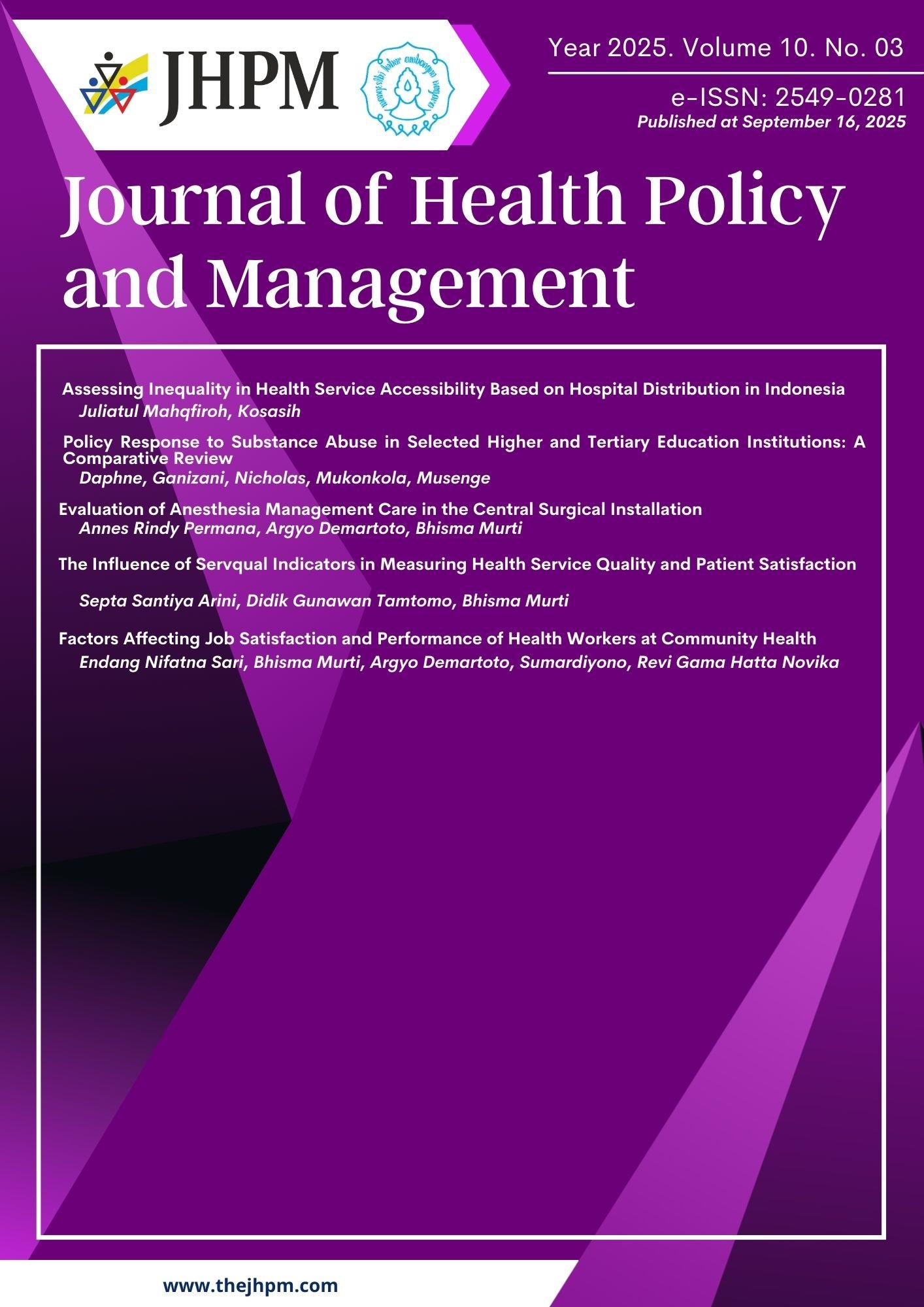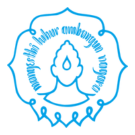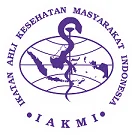Policy Response to Substance Abuse in Selected Higher and Tertiary Education Institutions: A Comparative Review
DOI:
https://doi.org/10.26911/thejhpm.2025.10.03.02Abstract
Background: Substance abuse in Higher and Tertiary Education Institutions (HTEIs) poses a serious threat to students’ academic achievement, mental well-being, and campus safety. Although various interventions have been introduced, the effectiveness of existing policies remains inconsistent. This study compared global literature on school-related substance abuse policies with policy responses in selected Copperbelt HTEIs in Zambia to inform the development of contextually appropriate strategies for substance abuse reduction.
Subjects and Method: The study applied the Protocol, Search, Appraisal, Synthesis, and Reporting (PSALAR) framework, guided by the Population, Interest, and Context (PICo) approach. Two colleges and one university in Zambia’s Copperbelt Province were purposively selected, and an exhaustive online search was conducted to identify institutional policies addressing substance abuse. Peer-reviewed English articles (2013–2023) focusing on punitive and remedial school-based policies were reviewed. Inclusion criteria for HTEIs were adapted to align with the PSALAR framework.
Results: Three major themes emerged: (1) policy deficiencies and implementation gaps, (2) punitive versus remedial interventions, and (3) limited monitoring and evaluation mechanisms. The dominant issue was finding an effective balance between punitive and supportive policy approaches. The integration of substance abuse education within institutional frameworks was weak, and evidence on the relative effectiveness of punitive versus remedial measures remained inconclusive.
Conclusion: Substance abuse policies in Zambian HTEIs predominantly emphasize punitive responses, with insufficient attention to remedial or preventive efforts. Strengthening evidence-based, context-specific, and student-centered policies is essential to reduce substance abuse and advance Zambia’s progress toward Sustainable Development Goal 3.5 by 2030.
Keywords:
public policy, substance abuse, higher educationHow to Cite
References
Andersen S, Pisinger V, Rod MH, & Tolstrup J (2019). Associations of school tobacco policies and legislation with youth smoking: A cross-sectional study of Danish Vocational High Schools. BMJ Open, 9(7): e028357. https://doi.org/10.1136/bmjopen-2018-028357.
Bala S & Kang’ethe SM (2021). Validating the implementation of substance abuse policy in South Africa: The voices of East London citizens. Afr J Drug Alcohol Stud, 20(1): 1–14. https://doi.org/10.4314/ajdas.v20i1.1.
Epstein M, Bailey J, Furlong M, Catalano R & Toumbourou J (2019). Does adolescent alcohol harm minimization policy exposure reduce adult alcohol problems? A cross-national comparison. J Adolesc Health, 66(6): 713–718. https://doi.org/10.1016/j.jadohealth.2019.08.019.
Evans-Whipp T, Plenty S, Catalano R, Herrenkohl T, Toumbourou J (2015). Longitudinal effects of school drug policies on student marijuana use in Washington State and Victoria, Australia. Am J Public Health, 105(5): 994–1000. https://doi.org/10.2105/AJPH.2014.302421.
Garg R (2016). Methodology for research I. Indian J Anaesth, 60(9): 640–645. https://doi.org/10.4103/0019-5049.190619.
Gohari M, Cook R, Dubin J & Leatherdale S (2020). The impact of an alcohol policy change on developmental trajectories of youth alcohol use: Examination of a natural experiment in Canada. Can J Public Health, 112: 210–218. https://doi.org/10.17269/s41997-020-00366-7.
Hodder RK, Freund M, Bowman J, Wolfenden L, Campbell E, Dray J, Lecathelinais C, Oldmeadow C, et al. (2017). Effectiveness of a pragmatic school-based universal resilience intervention in reducing tobacco, alcohol and illicit substance use in a population of adolescents: Cluster-randomised controlled trial. BMJ Open, 7(8): e016060. https://doi.org/10.1136/bmjopen-2017-016060.
Institution 1. (2019). Students Handbook. Institution 1.
Institution 2. (2014). Students Handbook. Institution 2.
Institution 3. (2016). Students Handbook. Institution 3.
Kageni L, Muturi B, Madegwa I, Kariba J, Aduda J & Jaoko W (2022). Prevalence and patterns of alcohol and drug abuse among university students. Afr J Alcohol Drug Abuse, 8(1): 30–42. https://ajada.nacada.go.ke/index.php/ajada/article/view/56.
Kelder SH, Mantey DS, Van Dusen D, Case K, Haas A, Springer AE (2020). A middle school program to prevent e-cigarette use: A pilot study of “CATCH My Breath”. Public Health Rep, 135(2): 220–229. https://doi.org/10.1177/0033354919900887.
Magier M, Patte KA, Battista K, Cole AG, Leatherdale ST (2020). Are school substance use policy violation disciplinary consequences associated with student engagement in cannabis? Int J Environ Res Public Health, 17(15): 1–15. https://doi.org/10.3390/ijerph17155549.
Mbuthia G, Wanzala P, Caroline N, Nyamogoba H (2017). Assessing the effectiveness of alcohol and drug abuse awareness campaigns among university students in Kenya: A quasi-experimental study. Med Sci, 6(1): 464–470. https://doi.org/10.5455/medscience.2017.06.8593.
Mengist W, Soromessa T, Feyisa GL (2019). Method for conducting systematic literature review and meta-analysis for environmental science research. MethodsX, 702: 134581. https://doi.org/10.1016/j.mex.2019.100777.
Munn Z, Stern C, Aromataris E & Jordan Z (2018). What kind of systematic review should I conduct? A proposed typology and guidance for systematic reviewers in the medical and health sciences. BMC Med Res Method, 18: 5. https://doi.org/10.1186/s12874-017-0468-4.
Mwanza N & Mwale G (2023). Students’ perspectives on drugs and alcohol abuse at a public university in Zambia. Theol Stud, 79(3): a8579. https://doi.org/10.4102/HTS.V79I3.8579.
Njati IC (2022). Transforming the mindset of youths towards prevention of drug and substance abuse through social media. J Appl Dent Med Sci, 21(2): 58–63. https://doi.org/10.9790/0853-2102085863.
Oloo MO, Yauma M & Wamukoya EK (2021). Substance abuse among university students: A look at predisposing factors. Int J Phys Educ Sports Health, 8(4): 234–241. http://www.kheljournal.com/.
Onofa L (2016). Prevalence and pattern of drug abuse among students of tertiary institution students in Abeokuta. Int J Psychiatry, 1(1): 3–6. https://www.scirp.org/reference/referencespapers?referenceid=2496017.
Tembo J, Mambwe P, Moyi AJ (2022). Reasons and outcomes of student alcohol and other drug abuse among university students in Zambia: A case study of one private university. Int J Res Publ Rev, 3(9): 790–796. https://doi.org/10.55248/gengpi.2022.3.9.21.
Tran P, Kwon J, Bastounis A, Petrou S & Booth A (2024). Methodological literature on the reporting of systematic reviews of health economic evaluations: A scoping review protocol. F1000Res, 13: 1382. https://doi.org/10.12688/f1000research.156907.1.
UNESCO (2017). Education sector responses to the use of alcohol, tobacco and drugs booklet. UNODC. http://www.unesco.org/open.
UNODC (2018). World Drug Report 2018. United Nations Office on Drugs and Crime.
UNODC (2022). World Drug Report. United Nations Publication. https://www.unodc.org/unodc/en/data-and-analysis/world-drug-report-2022.html.
Waffenschmidt S, Knelangen M, Sieben W, Bühn S, Pieper D (2019). Single screening versus conventional double screening for study selection in systematic reviews: A methodological systematic review. BMC Med Res Method, 19: 132. https://doi.org/10.1186/s12874-019-0782-0.
Zulu A (2018). Addressing drug abuse on college students. Texila Int J Public Health, 6(4): 45–53. https://doi.org/10.21522/tijph.2013.06.04.art005.





